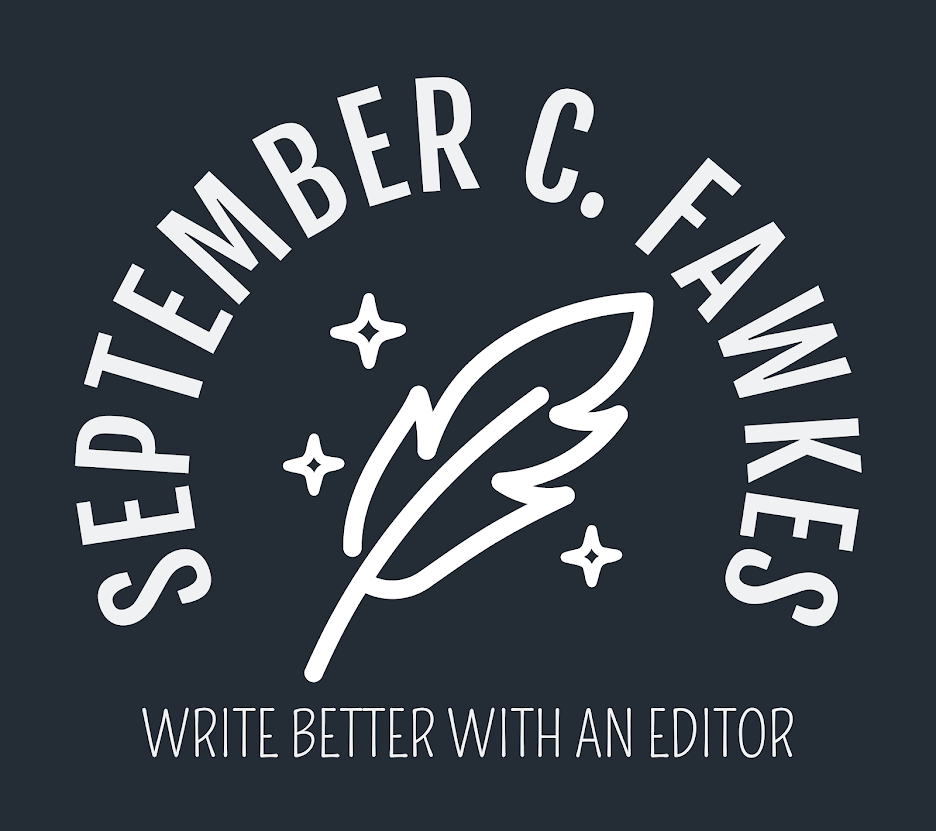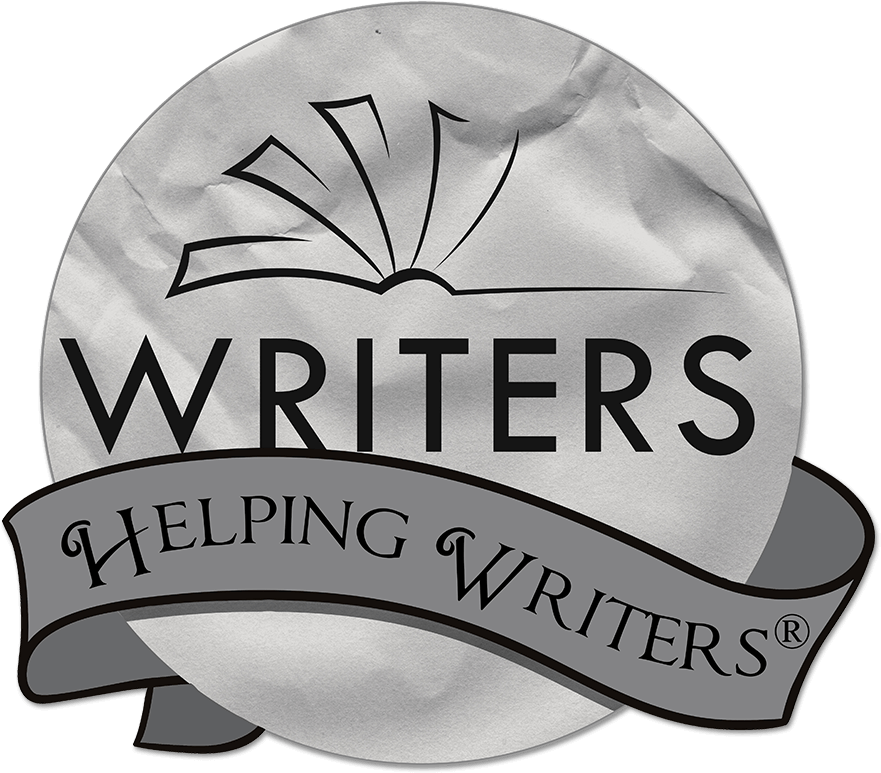What is a Play-by-Play?
In writing, a "play-by-play" happens when the author simply follows the character around while the character does unimportant things, like get dressed, eat, and do homework. It's like getting a narrative version of the character's schedule. For example:
Jared woke up and took a shower, thinking about the last baseball game he watched until the water turned cold. In the kitchen, he made waffles and eggs for breakfast, while the rest of the household slept. Then, he went to the grocery store to pick up some deli meats for lunch later. He and John were planning on a hike that afternoon, so Jared also gassed up--it was a bit of a drive to get to the trailhead. Back at home he unloaded the dishwasher and emptied the trash. He decided to watch another game to pass the time. John called to make sure they were still hiking, because he'd heard it might rain. Jared said he was still up for it. They decided to leave earlier.
To be honest, I'm not sure at this point if I came up with the term "play-by-play" or if I heard it somewhere. I could only find two sources that use the term, and my usage predates those sources by a lot . . . though I've never done a post exclusively on the topic. Some of my clients also now use the term.
But in any case, can you see or sense a problem here? This isn't story. It's lazy writing. So let's get into why such passages are problematic (and then when they aren't).
Why Play-by-Plays are Problematic
As touched on above, play-by-plays are often (though not always) the result of lazy writing. The author doesn't know what to write next or what the next important part of the story is, and so just starts giving the audience the protagonist's (or whoever's) day-to-day schedule, until they get somewhere.
Of course, it's okay to write play-by-plays like this in a rough draft--just make sure they get edited out before publication.
Play-by-plays are often unimportant, and are written in ways that are dull to read. They often lack meaningful plot elements, and so don't have the power to change the story in any significant way.
Most of the time, the audience doesn't need them, and they can be cut without hurting the story.And in fact, often their presence isn't just filler, but is harmful to the story by slowing the pacing down too much, and lacking proper tension.
It's also just not generally pleasing to read a "laundry list" of to-dos.
Sometimes writers use play-by-plays like this to transition to the next scene, but they don't know how to utilize them (or just transition) properly.
With that said, this doesn't mean that all play-by-plays are bad and useless.
They're just commonly used poorly. (Usually by new or lazy writers.)
So let's talk about when a play-by-play might be a good idea.
When (and How) to Use a Play-by-Play
Play-by-plays can be useful in a few situations.
First, they can be used to establish a baseline for what is normal or expected . . . which the writer will then upend (hopefully sooner than later).
Consider the opening of Barbie. A couple of play-by-plays are used to establish a sense of normal, before that normal gets upended. First, we are following a bunch of little girls playing with baby dolls--the witty commentary and setting help, but in some sense, this is a play-by-play. We get a sense of what is normal for little girls, until Barbie arrives and upends their lives.
Similarly, in Barbieland, we watch Barbie wake up and go about her day--showering, getting dressed, eating breakfast. But this is soon disrupted by her having thoughts of death and then getting bad breath. It also works because while her life is ordinary to her, it's extraordinary to us, which makes her "normal" more interesting, which brings me to my next point.
Play-by-plays can be interesting when following an unusual lifestyle. In Harry Potter, we can easily get a play-by-play of Harry's first days at Hogwarts, because they are so extraordinary to us--they're interesting. They're unfamiliar and not mundane.
And so, having one is also useful in establishing a new normal after a major turn in the story, a major change in a situation or environment. In Interstellar, after the astronauts are in space, we get a play-by-play of what it's like and what they do in the ship. This sets up expectations of how things are run, so the audience can appreciate everything at risk and everything that goes wrong, as the story progresses.
In such situations, it can also be useful to address day-to-day tasks to answer the audience's questions and put their minds at ease. For example, in The Hunger Games, after Katniss's enters the Games and escapes the bloodbath, the audience is going to wonder what she'll do for water and shelter, so showing her finding those things will addresses that.
However, none of these moments are poorly written, and none of them are lazy.
Play-by-plays can also be useful in sequel scenes--where what the character is doing doesn't matter so much as what the character is feeling and thinking about what just happened. The focus is on the internal experience, so the external doesn't carry much weight.And finally, play-by-plays can be used as transitions, but in such cases, they should usually be short.
The more your play-by-play is going to read like a list, the shorter it probably needs to be.
Otherwise, use the same techniques you use to make any summary interesting. Create a mini arc, utilize plot elements (like Katniss having the goal to find water and finding it), appeal to the senses, and/or elevate the writing style or make it entertaining. I have some related posts that can be helpful here:
10 Cheats to Tell Well
Breaking Writing Rules Right: "Show, don't Tell"
Scene vs. Summary & When to Use Which
In conclusion, while play-by-plays do have a place in storytelling, they are usually overused and improperly used. Next time you write one, ask yourself if it's really serving the story, or if it's just serving you (laziness).
***
Hi friends!
Registration for my live online writing course is now open.
- Sign-ups are first come, first serve
- I only take 10 students for the course (however, auditing is available for additional writers, and at a lower price (this includes the lectures/videos, but nothing else)
- Classes start April 29th at 5 pm Mountain Time and end on July 17th (all classes are recorded, so if you miss, you can watch later. You can also rewatch the course however many times you want to in the future)
The Triarchy Method is a developmental writing course that is all about strengthening the "bones" of your story (character, plot, and theme)--and you may have heard me reference it in my posts . . . or seen me share some slides and diagrams from it recently. Like these . . .
In this course, you will learn approaches that will not only help you with your work-in-progress, but with every story you write after--all while receiving personalized feedback on your assignments straight from me.
Here are what two of my students said about the course:
“I have done many courses . . . and I found this course going well beyond most of the others. September has a clear teaching style, and she gave a huge amount of time and effort helping us to work through any issues, and the weekly assignments are fantastic. I appreciated this so much as often writing courses are simply ‘set and forget’ videos with little or no feedback. The Triarchy Method was nothing like that.”
- Sharon M.
"I was hesitant with the cost, but it was worth every cent. Every class brought new epiphanies for me. September is a brilliant teacher and the Triarchy Method is an essential course for anyone wanting a better understanding of story. She will take you on a journey through character, plot and theme that will deepen your understanding of the bones of your story, the three-act structure, and the trajectory of different plotlines across different arcs. I cannot recommend this course enough."
- Kelly W.
This course is offered in partnership with MyStoryDoctor.com, and is $1,747 to take. (If you want to split that up into multiple payments, that option is available.) Prices increase April 15th. You can register here! For more details, see this page.




























I love these posts as a way to size up my already-published stories to see if I did it right. In my sci fi trilogy, Aliens Crashed in My Back Yard, my heroine does a play-by-play of how she discovers the crashed alien spaceship. But it’s a very unusual happening and is full of visual detail. (I never thought of it as a play by play. ) So I think it abides by your rules.
ReplyDeleteNice! A crashed alien spaceship definitely sounds out of the ordinary. Sounds like it worked!
Delete